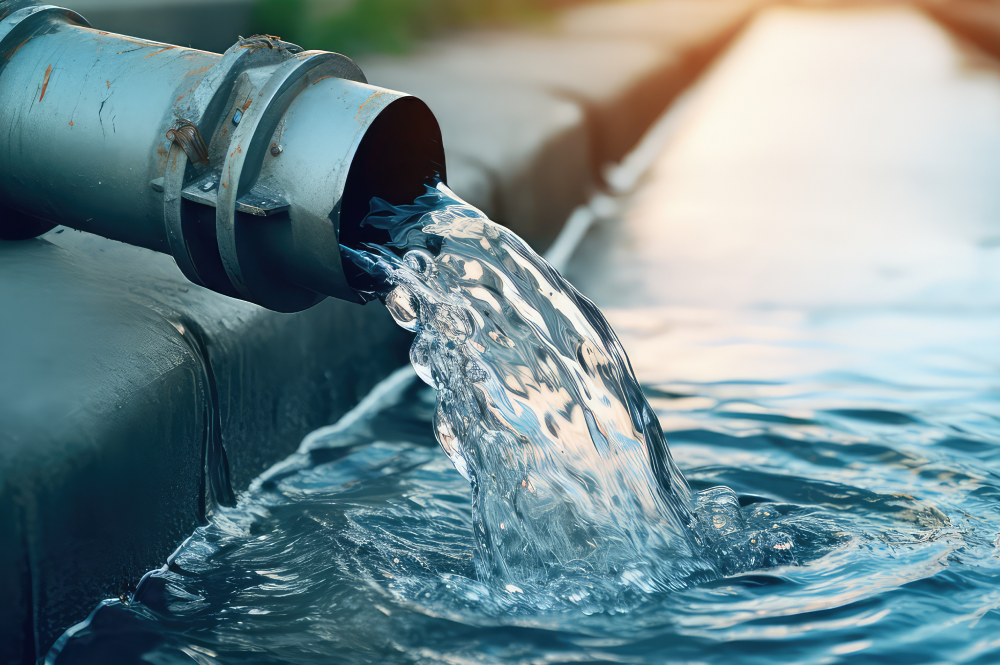Water Neutrality – An Opportunity for Change

The Environmental Agency has begun to explore water neutrality to reduce water usage and promote positive climate actions, but will we see the rest of the country follow suit, and could it be the answer to all of our environmental problems?
Water Neutrality Process
Water neutrality focuses on what consumers and businesses can do to reduce their water footprint and offset any negative impacts on remaining water resources.
In practice, this looks like:
- Reducing water usage
- Installing water reuse systems
- Offsetting remaining demand
Reducing Water
The first and most obvious step to water neutrality is to reduce the demand for water, to minimise environmental impacts. In homes and places of work, this can include water efficient fittings, using eco settings on electrical appliances, changing personal behaviours and practicing good energy habits like turning taps off and not leaving them running.
Reusing Water
Around a third of household water usage alone is from flushing the toilet,1 which is a huge waste of clean water that could be utilised elsewhere. Strategies for reusing water involve capturing and using all water supplies – such as harvesting rain water, and reusing grey water that comes from showers and sinks.
With less water being taken from rivers and groundwater, it ensures that natural habitats can continue to flourish, ensuring that the biodiversity is unharmed.
Water Offset
Any water that cannot be used with non-potable sources should be offset by investing in schemes that save water in the local area. Additionally, restoring wetlands and planting trees can aid the replenishment of water sources.
The Benefits
Although there are obvious benefits from water neutrality – such as the saved water – there are overlooked benefits too. Water treatment, transport and water usage comes with a carbon footprint, and by reducing the amount of water we use, it helps to further carbon savings.
From an environmental aspect, reducing the amount of water abstraction helps to reduce the impact on habitats and ecosystems. What’s more, water neutrality can reduce the impact of extreme weather – such as droughts – as systems are already in place to use less and save water.
The Barriers
Whilst water neutrality is becoming increasingly more important, there are currently no national policies around this, meaning it is individual and company responsibility, and there are currently no areas in the UK that have adopted a water neutrality policy.2
Many individual councils and regions have their own guidance, depending on the climate in that area. For example, Horsham District council is experiencing serious water stress, meaning water neutrality is an active goal.
Additionally, the price of potable water is little incentive for homebuyers to demand more advanced water saving technologies, meaning there is little change by construction companies.
Overview
Climate change is increasingly prevalent; with altered rainfall patterns, an increase of droughts and extreme heat waves meaning reduction of groundwater and availability is not meeting our demand.
Therefore, change needs to happen to ensure a reliable supply of water is available for the ever growing population, whilst maintaining and nurturing habitats and ecosystems.
2GRAF


